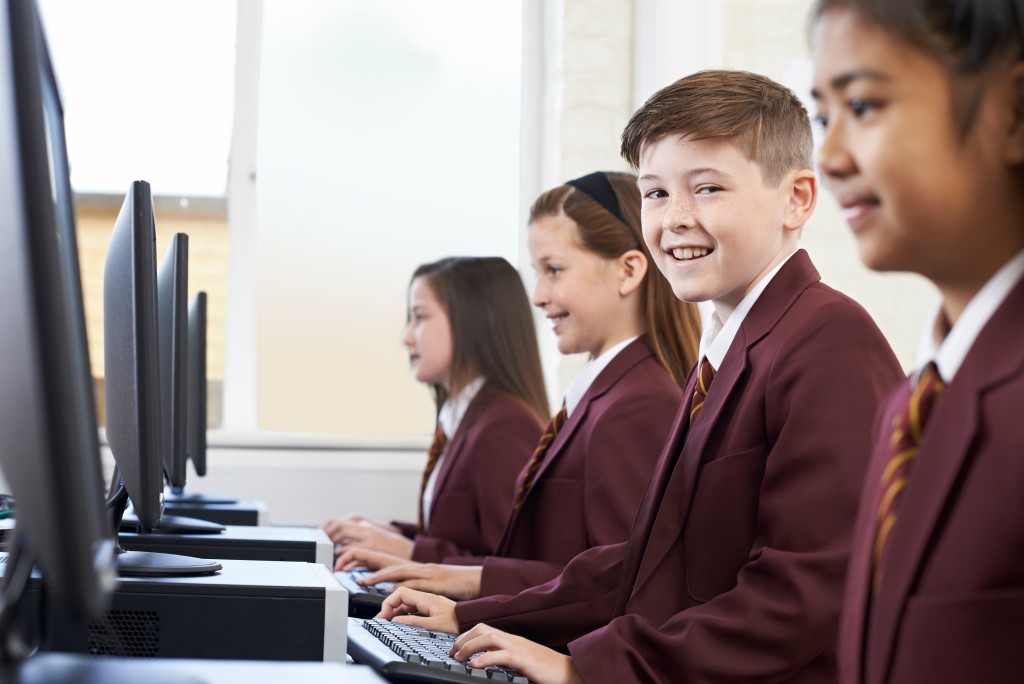Whether you are a parent, an educator, or both, keeping up with early childhood education (ECE) trends is imperative if you want to give your kids the best education they can get. Most of these trends aim to minimize the ever-present problems in early childhood education today, which is why staying in the know is so important even if you are not a formal educator.
Here are some of the biggest trends that are shaping ECE today.
1. Technology in learning
In this day and age, technology is a crucial part of any industry–including ECE. Kids today are more adept at technology than the previous generations as they have grown up exposed to all kinds of digital technology, particularly smartphones and tablets. And in the classroom, technology has become an important tool in teaching, especially in IB schools in countries like Singapore, Australia and the United Kingdom.
For these reasons, experts say that ECE must include the proper usage of these devices, including appropriate etiquette when on the Internet. Children today are using and owning devices at a very young age. Although this behavior is not inherently bad, they must know how to be responsible with technology even before they go beyond watching videos and playing games on their devices.
2. Universal prekindergarten
It is a well-known fact that having the advantage of a preschool education makes children better-prepared for kindergarten and beyond, helping them keep pace with lessons more easily than their peers who did not go to preschool. However, access to preschool education is not easily available to low-income families, which is one of the main reasons why children who did not go to preschool may be more likely to lag behind their peers, repeat a grade, or even drop out before graduating from high school.
Many governments around the globe are starting or have already implemented universal preK initiatives in their countries to address this ongoing problem in ECE. With this policy, children are given access to high-quality preschool education regardless of income, which aims to give equal chances to all children when it comes to preparedness for formal education.
3. Increased focus on physical fitness
With the growing problem of childhood obesity, early childhood educators are putting more focus on improving physical fitness for their students. To do this, teachers are scheduling more time for active play both outside and inside the classroom. This increased physical activity is a tremendous help for very young children since the more active they are in childhood, the less likely they are to become obese as they grow up.
4. Early literacy
 Early literacy programs aim to help very young children (ages 1-3 years old) familiarize themselves with concepts such as phonetics, word sounds, vocabulary, and storytelling awareness even before they go to preschool. This early introduction to such learning concepts improves children’s literacy skills, particularly vocabulary and reading comprehension, which, in turn, increase their preparedness for childhood education.
Early literacy programs aim to help very young children (ages 1-3 years old) familiarize themselves with concepts such as phonetics, word sounds, vocabulary, and storytelling awareness even before they go to preschool. This early introduction to such learning concepts improves children’s literacy skills, particularly vocabulary and reading comprehension, which, in turn, increase their preparedness for childhood education.
5. Learning with nature
Allowing young children to learn with nature helps them foster a better relationship with the environment and encourage their natural curiosity about the outdoors. Educational establishments are encouraging teachers to plan activities outdoors, whether it’s for outdoor play or simply letting children roam free in their immediate environment so they could harness these benefits for young learners.
Apart from exposing children to elements that are not present in indoor settings, allowing children to learn with nature, stimulates their creativity and encourages exploration. Children are already naturally curious about their surroundings, so giving them abundant opportunities to connect with nature only increases what is already an innate instinct.
6. Increased assessment
In recent years, increased assessment of young learners is becoming a highlight among many ECE establishments. For young learners, assessments are used to measure children’s skills, interests, and problem areas, which are then used to address issues that they may be having.
Early childhood assessments also help educators and parents alike better gauge a child’s learning style. Since not all children learn best in the same way, educators and parents can use assessments as a guide to develop better learning techniques for their child. This helps ensure that children are not being left behind because they have different learning styles or are in different stages than their peers. Instead, it gives them fair opportunities to grow at the same rate as their peers or even excel beyond expectations.
Early childhood education is ever-changing, especially in this modern age, where there seems to be an innovation or technology every day. As such, keeping up with the latest ECE trends is a crucial part of making decisions for a child’s education. What other trends in ECE have you observed in the past year?




